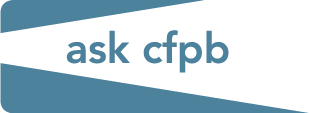What is a Stafford loan?
Stafford loans are a type of federal student loan. Stafford loans are either subsidized – the government pays the interest while you're in school – or unsubsidized – you pay all the interest, although most students will not start making these payments until after graduation. Unsubsidized Stafford loans add the accrued interest to the loan balance, increasing the size and ultimate cost of the loan.
Both subsidized and unsubsidized Stafford loans require the completion of the Free Application for Federal Student Aid (FAFSA). To receive a subsidized Stafford loan, you must be able to demonstrate financial need. All students, regardless of need, are eligible for the unsubsidized Stafford loan.
As of July 1, 2012, graduate and professional students are eligible only for unsubsidized Stafford loans.
Repayment on all Stafford loans typically begins six months after you graduate or drop below half-time enrollment. The standard repayment term is 10 years from the date of your first payment, but alternative repayment terms are available. You may want to investigate alternative repayment plans if you have trouble making your payment, or if you want to have lower monthly payments over a longer period of time.
Annual and lifetime Stafford loan limits vary widely by the status of the student (dependent versus independent) and the year of schooling (freshman versus graduate or medical student). The U.S. Department of Education’s Federal Student Aid website has the most up-to-date information on Stafford loan limits.
Stafford Loans are made under the Federal Direct Loan Program (FDLP). Before July 2010, they were also made under the Federal Family Education Loan Program (FFELP), though no new FFELP loans are being made now.

